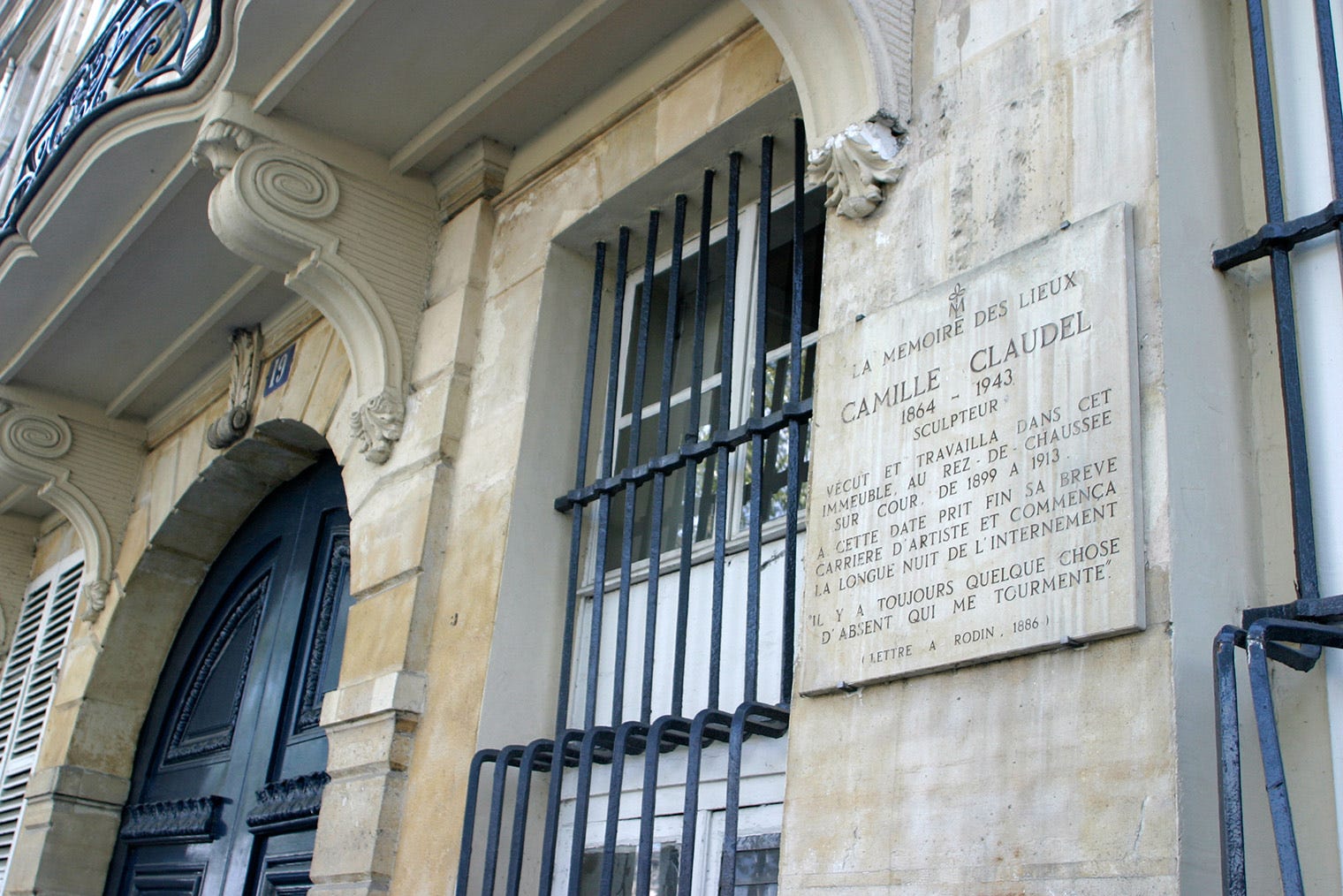
Glenn Harper/Alamy
JOURNAL
On the Fate of Camille Claudel
In my youth, I fervently sought role models from the world of art. I admired women with complex personalities—intriguing women with an air of secrecy about them. Isadora Duncan, Greta Garbo, Grace Kelly, Ava Gardner, Joan Baez . . .
I was disappointed with how girls were portrayed in books: they played a supporting role to the hero, who was brave and resourceful—and always a boy. The girls cried, screamed, became hysterical, and seemed to lose even the last ounce of sense when they fell in love.
I also wondered why the biographies of great artists and other influential figures seemed to follow the same pattern: a significant man, a less significant woman.
THE WORK OF AN ARTIST or author requires the kind of independence that women are not traditionally expected or even allowed to have. Combining family life with creative work continues to be harder for women than it is for men in our society.
The role of an artist continues to be narrower for women: a bohemian female author or artist is frowned on as something of a renegade, while the same quality is a merit for a man—something that makes him fascinating and exciting.
When asked at a literary event, a male colleague once listed the qualities of a “good author”: a spy, seducer, and warrior. Sounds very much like . . . a man, at least to my ear. Women writers must redefine these qualities, find a new meaning for them.
THIS I REALIZED in the very early stages of my career: my path would inevitably be different from that of the boys and young men who were also dreaming of becoming authors. I have expressed it something along these lines: at the beginning of a literary career, men feel fresh and ready to go, while women are already out of breath.
All my life, I have sought strength from the fates of women artists. I can relate to many of the challenges they needed to—or struggled to—overcome. Of course, a great deal has changed over the decades and centuries.
Perhaps the fate suffered by Camille Claudel would no longer be possible?
CAMILLE CLAUDEL (1864–1943) was a French sculptor known for her beautiful work in bronze and stone. At the age of 19, she was introduced to Auguste Rodin, who was 24 years her senior.
Rodin became her mentor and lover. Described as “torturous,” their relationship lasted for ten years. After their breakup, she continued to work independently, but it was difficult for her as a woman to secure funding for her art.
CLAUDEL GRADUALLY LOST her passion for creating and lost touch with the world. She was institutionalized and spent the last 30 years of her life in a psychiatric hospital. Forgotten by the art world, her work was not discovered until several decades after her death.
A museum dedicated to her art opened in Nogent-sur-Seine in France in 2017. According to the Guardian, the museum reflects her significance as an artist, but also tells a tragic story.
“That Camille was shunned by the art world, despite her beautiful work, can be explained by the fact that she was a woman,” Ludovic Chanzy, cultural director of Nogent-sur-Seine, said to the Guardian.





